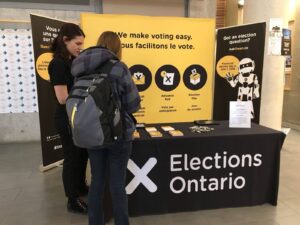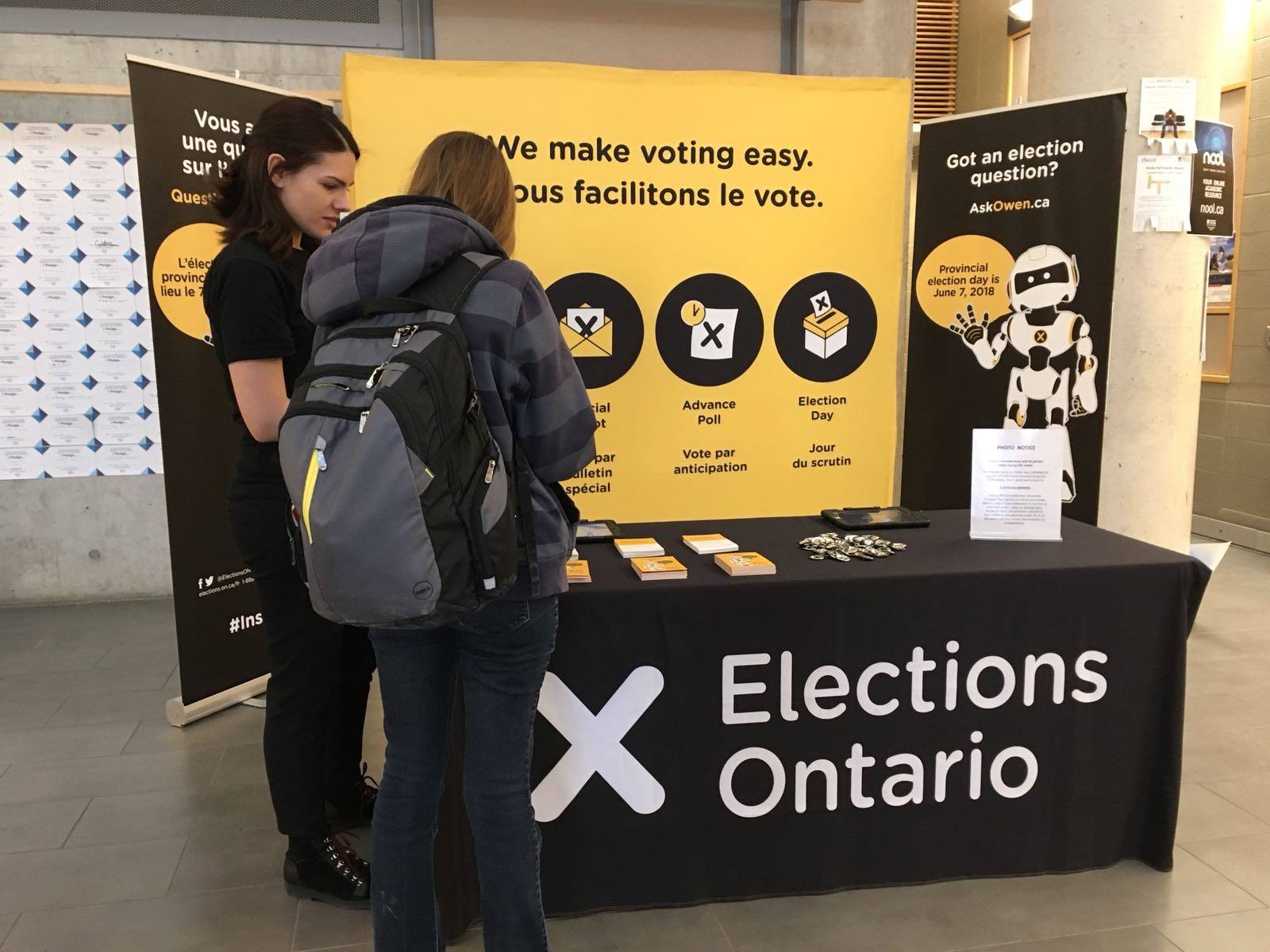Democracy – decision making – is all about numbers

TORONTO – And about common acceptance that decisions so arrived are legally binding and enforceable. Thank God that is still the case, despite the disruptive human habit to shrug off decisions we may find personally undesirable. At the very least, talk/debate, replace shooting, stabbing and anarchy. Elections are a “civil substitute” for mayhem and violence.
It seems to this observer that, five days into the election campaign, we have already exhausted topics on which to share or contrast views “on what to do and how to get there”. Everyone is already focused on “get out the vote” GOTV tactics. More than 40% of the eligible voters rarely take the trouble to vote.
Since the 1995 election at no time have Ontario citizens turned out in numbers that exceed 60% of eligible voters. In fact, in 2018, barely more than 56% of us voted. It was an election when it seemed everyone had a problem with Kathleen Wynne’s leadership.
Only 19.4% of the electorate supported her government. Her Liberal Party received the lowest level of support ever. Even she abandoned the campaign. The NDP were unable to capitalize; as a result, the PC were able to coast to a majority government with an unproven leader.
The messagings, more precisely, personal attack ads, have replaced the [naïve]anticipation of debates on matters of public interest. All parties have espoused their use, because, we are told, “they work” because they soften up the opposition and discourage people from voting for someone else. It is in the interest of those who profit to discourage participation in the “democratic process” – if you don’t have the numbers, try to prevent your adversaries from organizing theirs.
Aside from the Federal Liberal leader, in the 2018 election, no public personality endorsed the Liberals. No private print or Media outlets supported any Party other than the NDP or the PC. Coincidently, the outcome was a resounding majority for the PC with 76 seats, the NDP with 40, the Liberals with 7 and the Greens with 1.
Early polls and seat projection models seem to suggest that the PC may not lose their grip. Some seats they hold may experience challenges, but not many. The “fight”, such as it is, seems more likely to take place between the Liberals and the NDP for the 47 seats they share.
The “air” had already escaped the election balloon. The PC had pre-empted any debate with their two months of “two Ministerial announcements per day” that preceded the tabling of Provincial budget, two days before the call of the election. What is left to discuss? Personalities? Ethics? Credibility?
There are few issues that Provincial governments can address on their own beside Education, Health and local economic stimulus programmes outside Transportation matters. The Corriere will continue to address the demographic composition on a riding-by-riding basis where our readership is numerically significant, as it assesses the relative merits of the individual candidates as we head towards decision day.
Pic from Elections Ontario’s Facebook page



